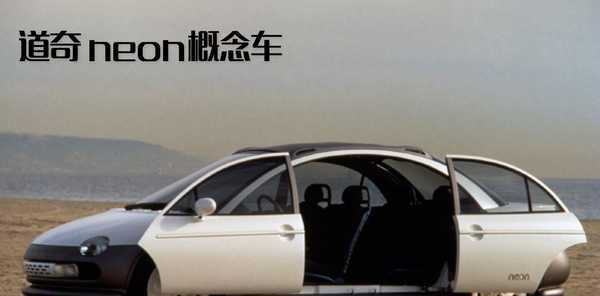Car Door Design and 'Dooring' Prevention
This article explores the feasibility and limitations of sliding car doors as a solution to ‘dooring’ accidents, analyzing technical constraints, cost implications, and alternative safety approaches in modern vehicle design.

The rising concern over “dooring” accidents - where car occupants open doors into the path of approaching cyclists - has sparked discussions about potential design solutions. While sliding doors might seem like an obvious answer, the reality is more complex and nuanced.
The technical challenges of implementing sliding doors in standard passenger vehicles are significant. Unlike commercial vans and MPVs (Multi-Purpose Vehicles) that commonly feature sliding doors, regular sedans and SUVs face several constraints:
Space requirements pose a major obstacle. Sliding door mechanisms need sufficient parallel space behind the door for full retraction, which most passenger vehicles cannot accommodate without significant structural modifications. This limitation particularly affects vehicles with aerodynamic designs or sloping rear sections.
Manufacturing complexity and costs present another barrier. Sliding door systems require sophisticated rail mechanisms, electronic controls, and additional structural reinforcement. These components substantially increase production costs and vehicle weight, making them impractical for mass-market vehicles.
However, automotive technology continues to advance. Tesla’s Model 3, for example, has implemented an innovative blind spot warning system specifically designed to prevent dooring incidents. When sensors detect rapid movement approaching from behind, the system prevents doors from opening on the first attempt and requires a deliberate second press to override - giving both occupants and approaching traffic more time to react.
The most effective current solutions combine multiple approaches:
- Driver education and awareness campaigns emphasizing proper door-opening techniques
- The “Dutch Reach” method - using the far hand to open doors, forcing a natural shoulder check
- Advanced warning systems and sensors in modern vehicles
- Proper urban infrastructure design with dedicated cycling lanes and buffer zones
Vehicle manufacturers in China and globally continue exploring various door designs, but the focus has shifted toward technological solutions rather than mechanical redesigns. The integration of AI-powered detection systems, warning lights, and smart door controls offers promising alternatives that maintain practical vehicle design while enhancing safety.
For now, the most reliable prevention remains human awareness and proper door-opening habits. As one traffic safety researcher notes, 96% of dooring accidents result from failure to check surroundings before opening doors. This suggests that while design innovations can help, they cannot entirely substitute for careful, conscious behavior.
The automotive industry’s challenge lies in balancing safety innovations with practical design constraints, cost considerations, and market demands. As vehicle technology continues to evolve, we may see new solutions emerging that address the dooring problem while maintaining the functionality and aesthetics that consumers expect.